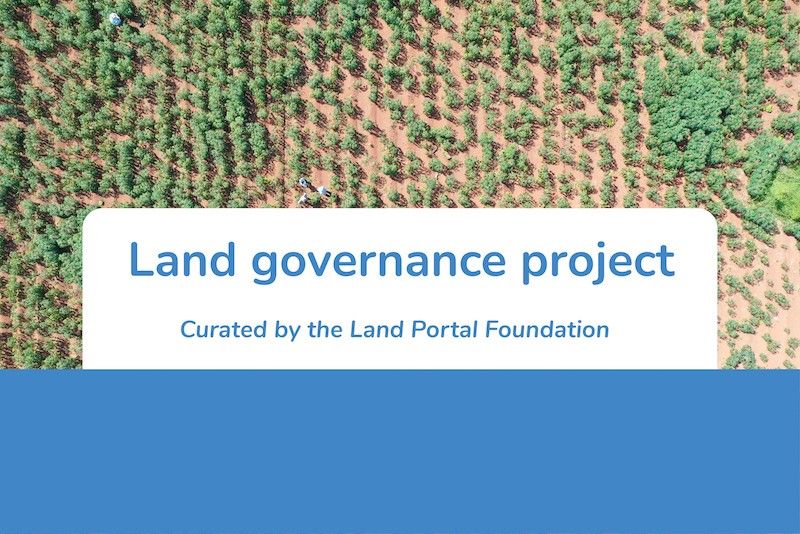Community / Land projects / SRJS_ToC_CP Inclusive and sustainable ecosystem governance i
SRJS_ToC_CP Inclusive and sustainable ecosystem governance i

€0
01/16 - 12/20
Completed
This project is part of
Implementing Organisations
Donors
Data Providers
General
The Pantanal is a cross-border ecoregion between Brazil, Bolivia and Paraguay. It is the world’s largest and best preserved wetland, with lagoons, flooded grasslands and rivers covering an area of 158,000 km2. It borders with the Gran Chaco ecoregion that spans 1,000,000 km2 between Argentina, Bolivia and Paraguay. It is the second largest forest area in South America after the Amazon and is made up of a range of habitats, from dry thorn forests and cactus stands to savannahs that are flooded in the wet season. Both ecoregions are brimming with wildlife, including jaguars, water birds, plant, fish and reptile species. The areas are under increasing threat, with the Chaco region being in the top five of highest rates of deforestation in the world. Agricultural expansion, largely driven by unsustainable cattle ranching for international markets, is the biggest threat to natural ecosystems in the Gran Chaco. Although large areas of the Pantanal are still relatively intact, it is increasingly threatened by expanding unsustainable farming practices, illegal mining, hydroelectric power plant construction and waterway modifications. These developments are compromising the functioning of important ecosystem services that these areas provide, such as water regulation and availability. The Pantanal is a large climate buffer that stores water in the wet season and releases it in the dry season. Changing this system will affect the entire region. Climate change is intensifying pressures on the regions, with droughts being one of the main expected climate impacts, as well as decreases in water provision and problems of salination. In both regions, natural evaporation is already higher than precipitation levels. This is weakening the resilience of these landscapes to adapt to the inevitable effects of climate change. The increasing demand for agricultural land for cattle ranching has led to land rights clashes with indigenous communities, as communities and subsistence farmers are increasingly being displaced from their traditional farming grounds to make way for agricultural giants. This is impacting local food security, water availability and conservation.


